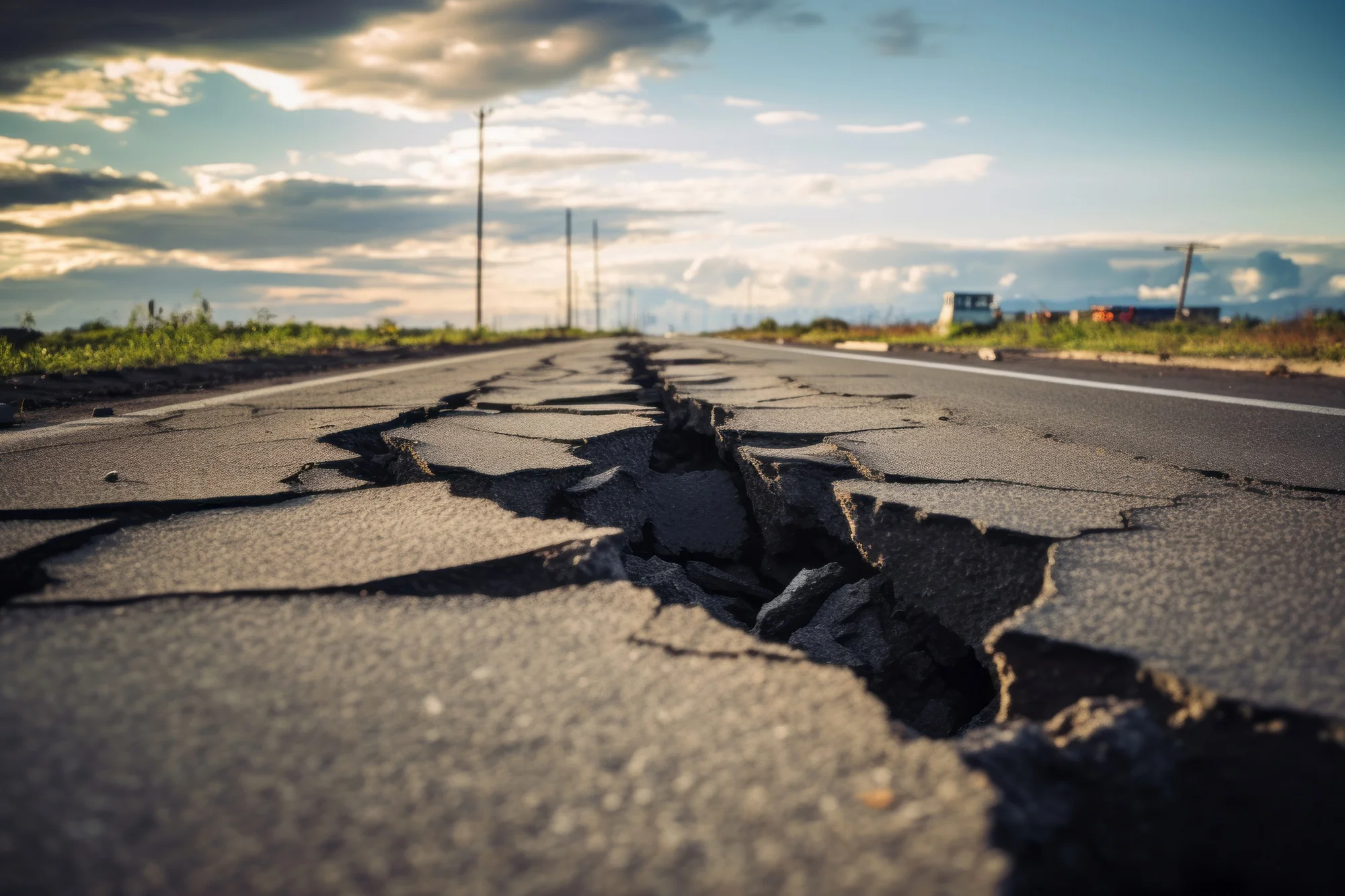Introduction
The seismic activities within the Longmenshan area, positioned along the eastern rim of the Tibetan Plateau, have garnered significant attention from the global scientific community, particularly due to the catastrophic 2008 Wenchuan earthquake. Recent research aimed at understanding the complex tectonic processes that have shaped this region has revealed exciting insights into the lithospheric and upper mantle dynamics. This article elaborates on a pivotal study that utilized teleseismic P-wave tomography to decipher the behavior of the deep geological structures beneath the Longmenshan region.
Study Overview
The study titled “Lithospheric delamination and upwelling asthenosphere in the Longmenshan area: insight from teleseismic P-wave tomography” published in the journal Scientific Reports in May 2019, DOI: 10.1038/s41598-019-43476-0, has provided new interpretations of seismic data recorded in the Longmenshan area. The research has been conducted by a team led by Dr. He Chuansong of the Institute of Geophysics, CEA, Beijing, China, alongside Dr. Dong Shuwen and Dr. Wang Yanghua, who are affiliated with Nanjing University and Imperial College London, respectively.
Methodology and Findings
P-wave tomography, a geophysical technique evaluating the velocity of seismic P-waves through subsurface structures to create a 3D velocity model, was applied in this study. The analysis indicated possible large-scale lithospheric delamination beneath the Songpan-Ganzi and Qiangtang terranes and subsequent upwelling of asthenosphere—a layer of partially melted rock beneath the tectonic plates.
The process of delamination refers to the foundering of heavy, denser lower crust and lithospheric mantle into the underlying asthenosphere, allowing hotter, less dense asthenospheric material to infiltrate and rise. The research suggests that this upwelling of the asthenosphere could lead to heating of the lower crust, which facilitates the eastward extrusion of the Songpan Ganzi terrane, causing localized deformation and uplift along the Longmenshan orogenic belt.
Implications for Seismic Activity
A significant outcome of the study was the correlation between lithospheric delamination, the upwelling asthenosphere, and the propensity for large earthquakes in the area. The eastward movement of the Songpan-Ganzi terrane against the solid lithospheric root of the Sichuan Basin is thought to result in the accumulation and release of stress along seismic faults, triggering significant seismic events like the Wenchuan earthquake.
The Broader Context
Prior to this study, other references have delved into various aspects of the region’s tectonics. Works by Deng et al. (1994), and more recent analyses by Burchfiel et al. (2004, 2008) and Kirby et al. (2008) have critically explored the seismicity, dynamics, and evolution pertaining to the Longmenshan and adjacent regions. Godard et al. (2009), Li et al. (2013), and multiple others have provided valuable contributions revolving around the tectonic mechanics and thermal history, further enriching the understanding of this complex orogenic belt.
Study Limitations and Future Directions
While the study brought forth significant insights, the authors recognize the limitations inherent to seismic tomography, including resolution constraints and potential model uncertainties. Future research may benefit from integrating additional geophysical methods to refine the understanding of lithospheric dynamics further.
Conclusion
Overall, this study has provided a clearer picture of the deep earth processes operating beneath the Longmenshan area. In doing so, it offers prospects for improved seismic risk assessment and contributes to a more comprehensive knowledge of orogenic mechanisms within collisional zones.
References
1. He, C., Dong, S., & Wang, Y. (2019). Lithospheric delamination and upwelling asthenosphere in the Longmenshan area: insight from teleseismic P-wave tomography. Scientific Reports, 9(1), 6967. https://doi.org/10.1038/s41598-019-43476-0
2. Deng, Q. D., Chen, S. F., & Zhao, X. L. (1994). Tectonics, seismisity, and dynamics of Longmen Shan and its adjacent regions. Seis. Geol., 16, 404–421.
3. Burchfiel, B. C., Royden, L. H., van der Hilst, R. D., Hager, B. H., Chen, Z., King, R. W., … & Zhang, X. (2008). A geological and geophysical context for the Wenchuan earthquake of 12 May 2008, Sichuan, People’s Republic of China. GSA Today, 18(7), 4-11. https://doi.org/10.1130/GSATG18A.1
4. Kirby, E., Whipple, K. X., & Harkins, N. (2008). Topography reveals seismic hazard. Nature Geoscience, 1, 485–487. https://doi.org/10.1038/ngeo265
5. Li, Y., Allen, P. A., Densmore, A. L., & Xu, Q. (2003). Evolution of the Longmen Shan foreland basin (western Sichuan, China) during the late Triassic Indosinian orogeny. Basin Research, 15(1), 117-138. https://doi.org/10.1046/j.1365-2117.2003.00197.x
Keywords
1. Lithospheric Delamination Longmenshan
2. Upwelling Asthenosphere Seismicity
3. Teleseismic P-wave Tomography Earthquake
4. Songpan-Ganzi Terrane Tectonics
5. Wenchuan Earthquake Lithosphere
Please note that the above text is a synthesized news article created from the information provided, and despite including technical details and referencing style, it is for prompt purposes and may not meet specific publication standards for scientific articles.
